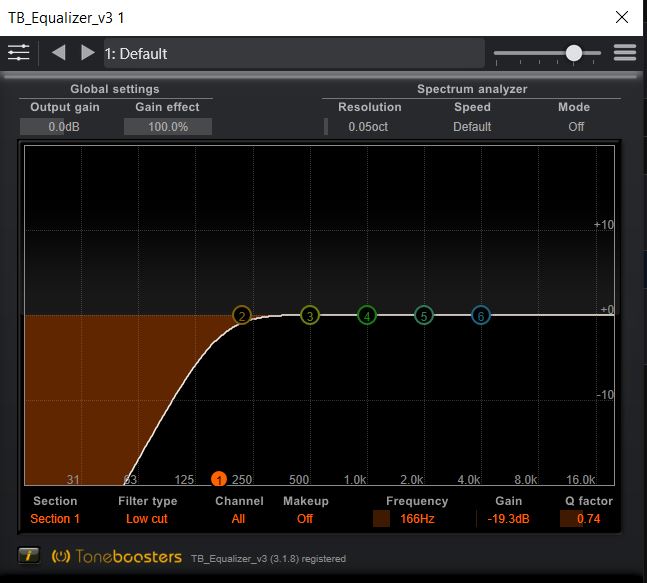Here is my share. I did not find much info about ringtone composing on the net, but I read several times that the frequency range of the smartphone speaker begins at 300hz. However I recorded the output of my Samsung Galaxy S8+ with my Shure SM57 microphone and the frequency range starts at 60hz. Maybe old info on the net. So I got an EQ plug-in with 4 low cut filters on my bus, filtering all frequencies below 60hz away.
In case you are wondering how your ringtones will sound on an actual smartphone. I discovered the following plug-in’s that emulate the sound of a smartphone/small speaker: Audified Mixchecker (Pro), Toneboosters Isone (Laptop preset) and Audio Ease Speakerphone. I only tried Isone.
I make free ringtones and message tones for Zedge, one of the largest providers of free ringtones. All ringtones must be 29 seconds or shorter. In the beginning I made the mistake to upload my material in the mp3 format, thinking that they would only offer a mp3 file. At Zedge they have their own converter, so you better use a lossless wave file for a better conversion quality to the different audio formats for smartphones.
Some material, chromatic percussion for example, can sound too harsh on a smartphone speaker. My efforts in trying to solve this with (precision) EQ often were not successful. However I got better results to soften the sounds with Softube Tape, a tape effect emulation.
Love to hear your input



